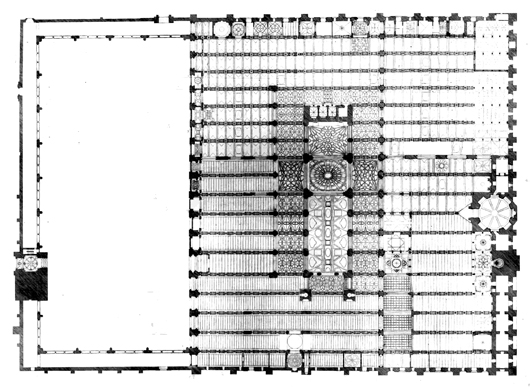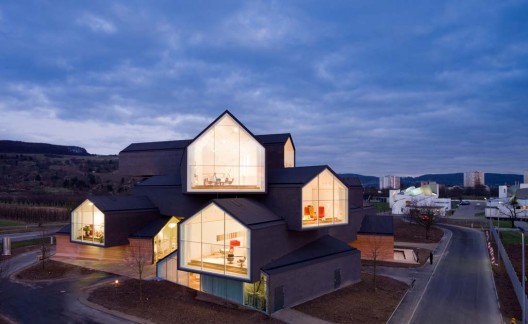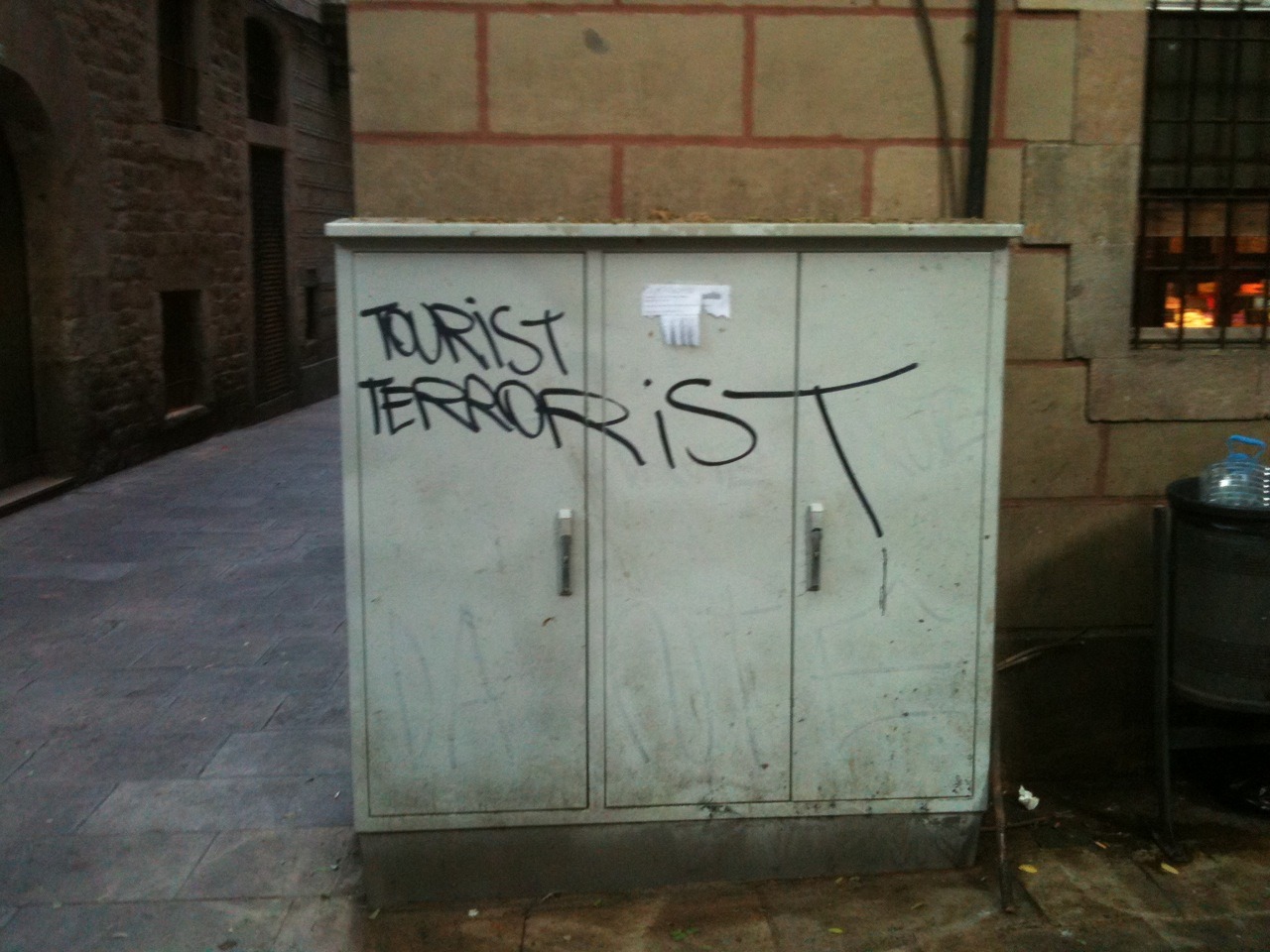 |
| Barcelona flea market by B720. Photo courtesy Iñigo Bujedo Aguirre. |
With its beginnings dating back to the 14th century, Barcelona’s flea market La Firade Bellcaire (also known as Els Encants) is one of the oldest and tradition-steeped of the 43 markets in that city. Recently, this institution moved from a collection of ramshackle sheds it occupied over several decades into a flamboyantly expressive piece of purpose-built infrastructure. In fact, La Fira de Bellcaire’s new accommodation is the result of an architectural competition, possibly the first in history to be held for a flea market.
The
challenge faced by B720 was to design a facility double the area of the old
market, but on a sloping site only half its size. The outcome is a ramp gently
spiraling upward around a sunken courtyard. “The best way to address a slope is
with a ramp. But we had to convince the city that a ramp would not pose a
functional problem, which we did by measuring the gradient of street markets
all over Europe” explains Fermín Vázquez, principal of B720.
Every
morning, trucks crammed with surplus merchandise and castoffs pull into the central
courtyard, where their loads are auctioned off --a ritual that is as old as the
market itself. On the street-like ramp, vendors hawk their wares to throngs of
shoppers. Highly reflective stainless steel panels cladding the underside of a spacious
canopy create a kaleidoscopic mirrored ceiling that, says Vázquez, “reflects
the city in the market and the market in the city”.
[Originally published in Mark Magazine #48]
[Originally published in Mark Magazine #48]
.jpg/800px-Mezquita_de_C%C3%B3rdoba_desde_el_aire_(C%C3%B3rdoba,_Espa%C3%B1a).jpg)
















